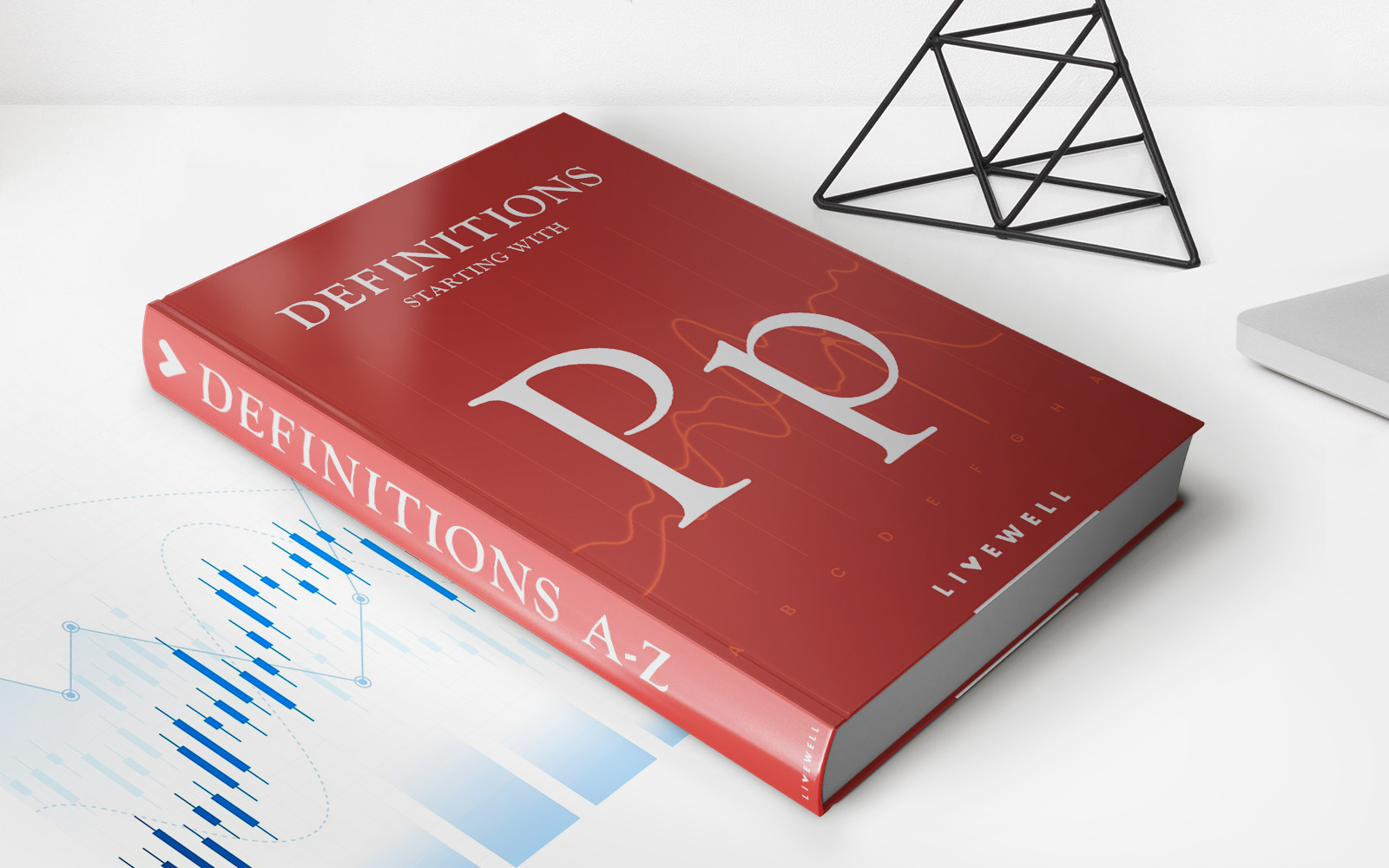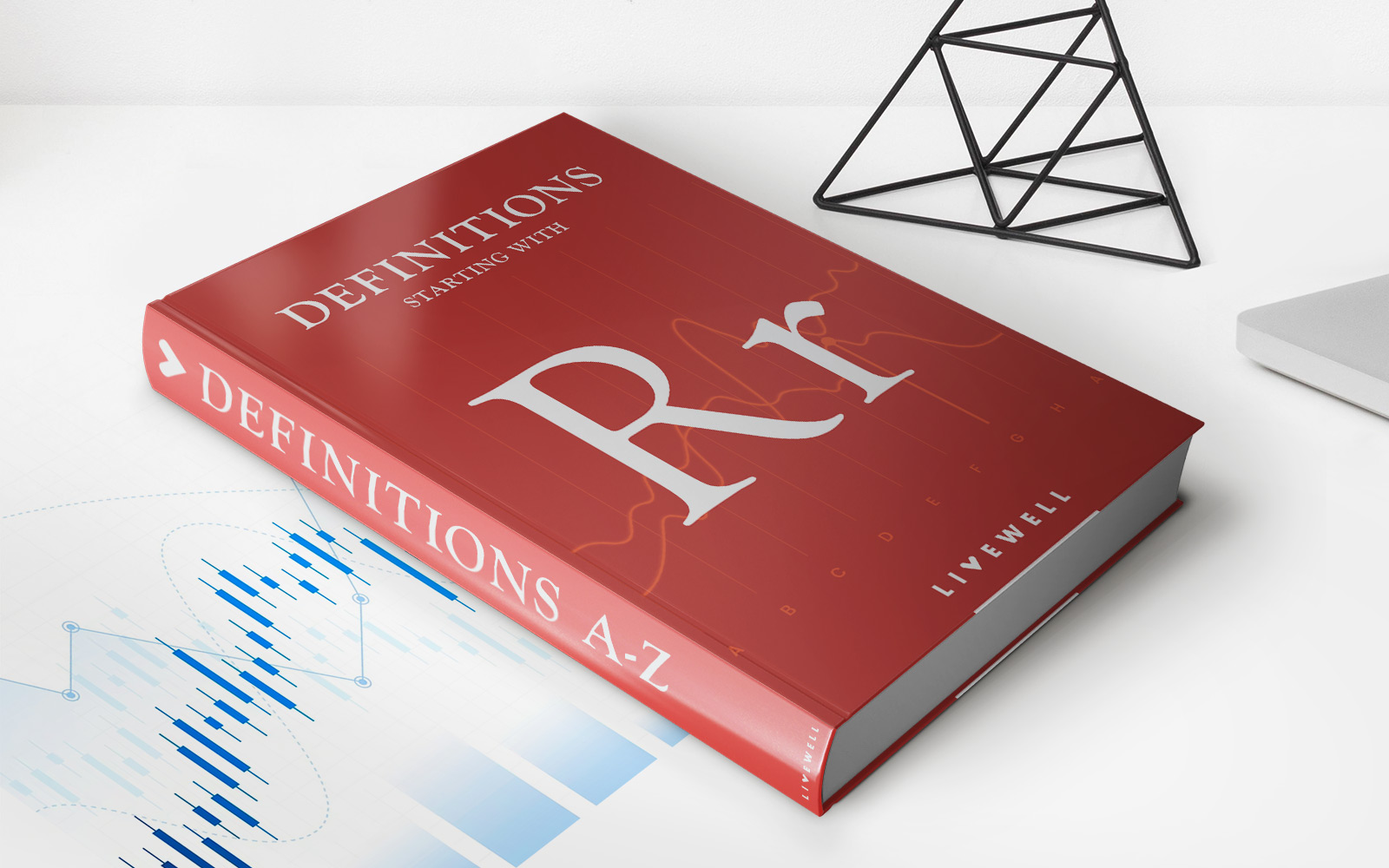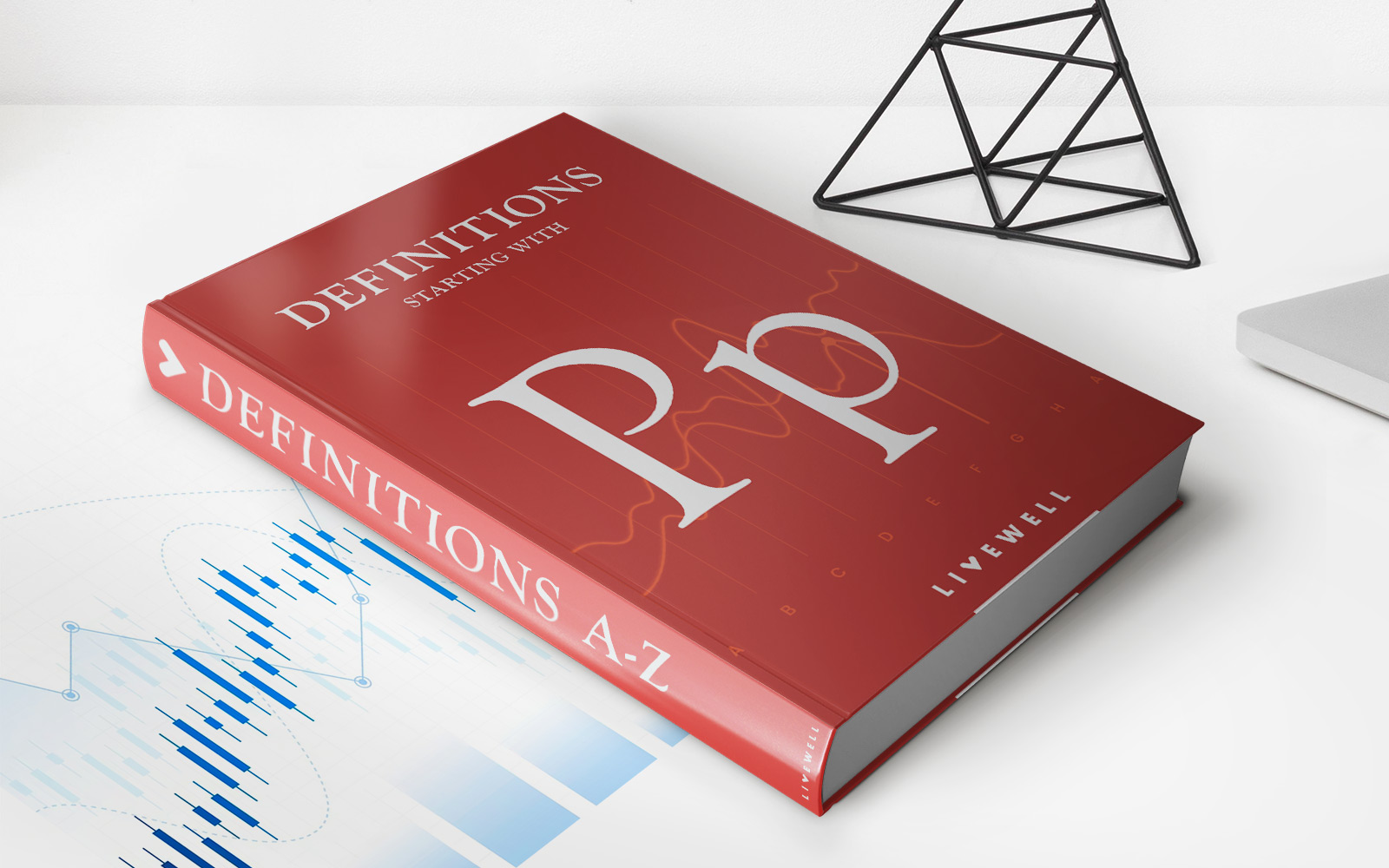Home>Finance>Law Of Diminishing Marginal Productivity Definition


Finance
Law Of Diminishing Marginal Productivity Definition
Published: December 16, 2023
Discover the definition of the law of diminishing marginal productivity in finance and understand its impact on productivity and economic growth.
(Many of the links in this article redirect to a specific reviewed product. Your purchase of these products through affiliate links helps to generate commission for LiveWell, at no extra cost. Learn more)
Welcome to our Finance category!
Understanding the intricacies of finance is crucial for anyone looking to navigate the complex world of money management. Whether you’re an aspiring investor, a budding entrepreneur, or simply interested in expanding your financial knowledge, we are here to provide you with valuable insights and resources.
The Law of Diminishing Marginal Productivity Definition
Today, we delve into a fundamental concept in economics – the Law of Diminishing Marginal Productivity. This principle plays a significant role in determining how resources are allocated and how productivity levels change as inputs increase. Let’s explore this concept in more detail.
Key Takeaways:
- The Law of Diminishing Marginal Productivity states that as additional inputs are added to a fixed resource, the marginal productivity of those inputs will eventually decline.
- This principle highlights the notion that there are diminishing returns on investment or effort when one factor of production is increased while other factors remain constant.
Understanding the Law of Diminishing Marginal Productivity
The Law of Diminishing Marginal Productivity essentially states that if one input factor of production is increased, while keeping other inputs constant, there will come a point where the marginal productivity of that input starts to decrease. In simpler terms, it means that as you continue to add more of a particular resource, the additional output or benefit you gain from each additional unit will diminish.
This concept applies to a wide range of scenarios. For example, imagine a factory that produces widgets. As the factory owner hires more workers, there will be an initial boost in productivity as each worker contributes their skills and effort to the production process. However, as more workers are added without a corresponding increase in equipment or machinery, the factory may become crowded and congested. Eventually, the additional workers may start to hinder the production process, leading to a decline in the overall output of widgets.
Implications of the Law of Diminishing Marginal Productivity
The Law of Diminishing Marginal Productivity has several implications in the world of finance and economics:
- Resource Allocation: This concept influences decision-making regarding the allocation of resources. It suggests that it may not always be wise to continue adding more resources to a particular venture or project. Instead, it’s important to find an optimal balance to maximize efficiency and productivity.
- Investment Analysis: Understanding this principle can help investors evaluate potential investment opportunities. It prompts them to consider whether incremental investment in a project will yield diminishing returns and whether it makes financial sense to continue allocating resources towards it.
- Efficiency Improvement: Recognizing the Law of Diminishing Marginal Productivity encourages businesses to seek alternative ways to increase output and efficiency. Rather than solely relying on increasing inputs, businesses can explore process improvement, better technology, or optimizing resource utilization to enhance productivity.
Conclusion
The Law of Diminishing Marginal Productivity is a critical concept to grasp when studying finance and economics. It reminds us that there is a limit to the benefits we can obtain by continually increasing inputs without considering other factors. By understanding this principle and its implications, individuals and businesses can make more informed decisions about resource allocation and strive for optimal productivity and efficiency.
Thank you for joining us on this journey to explore the Law of Diminishing Marginal Productivity! Stay tuned for more insightful articles and resources in our Finance category.














